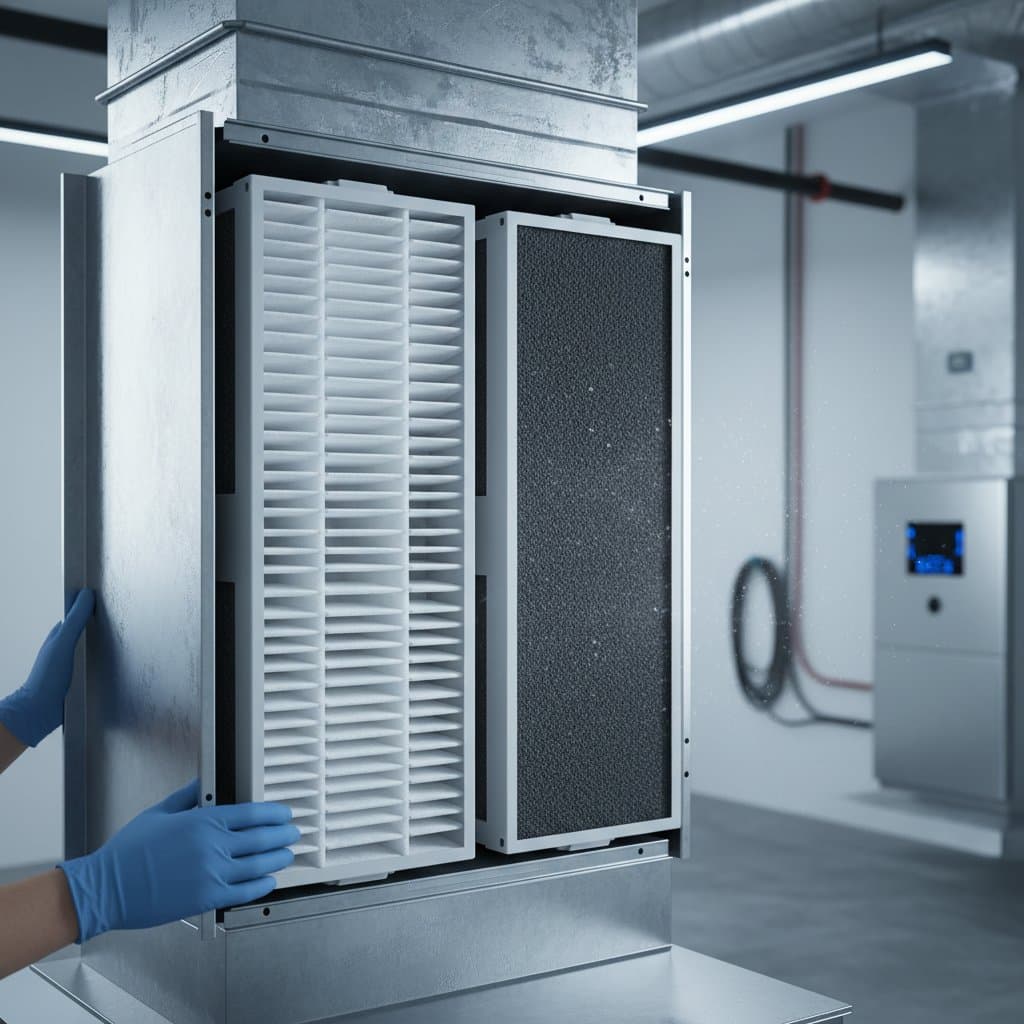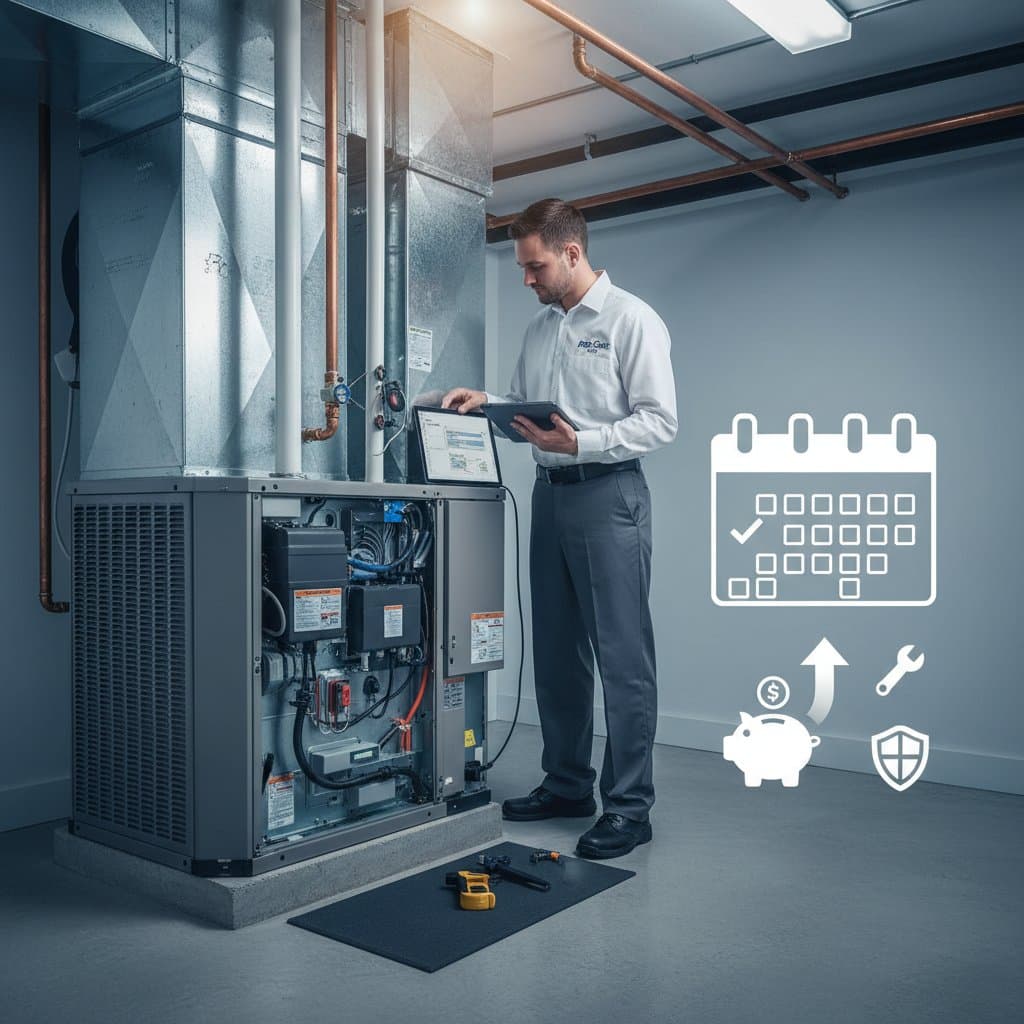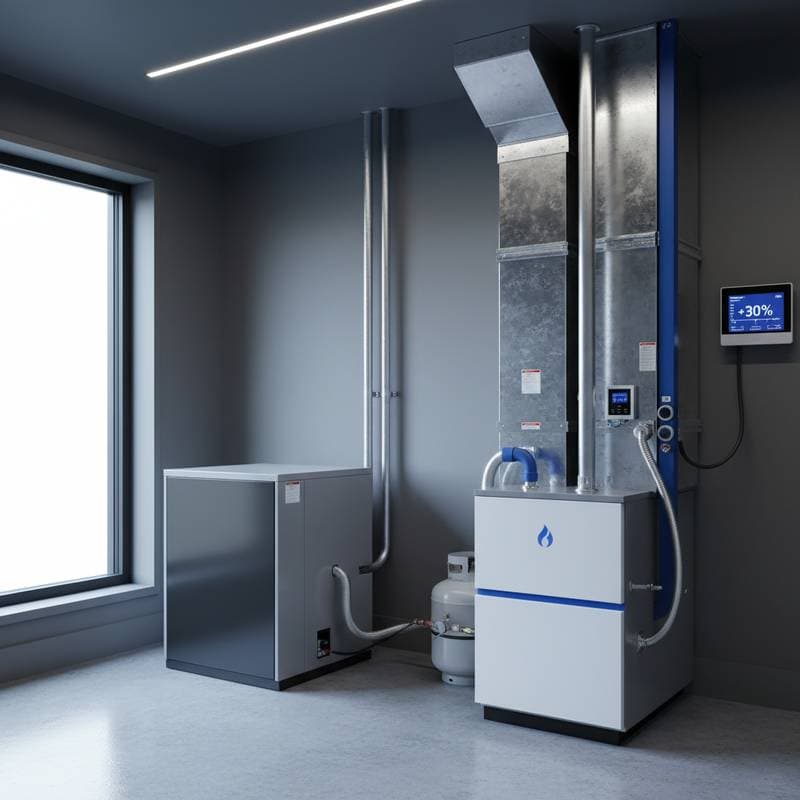Why Wildfire Smoke Filters Rank Among 2025's Essential HVAC Components
As an HVAC professional, I have observed numerous homeowners grappling with compromised indoor air quality during wildfire seasons. Individuals seal windows tightly, yet a subtle haze persists, infusing the home with a persistent smoky aroma. The throat becomes irritated, and the air conditioning unit appears to exacerbate the issue rather than alleviate it. This scenario often prompts the realization that conventional air filters prove inadequate against the challenges posed by wildfire smoke.
For residents in areas prone to prolonged wildfire smoke exposure, the HVAC system serves as the primary barrier safeguarding indoor environments. Drawing from extensive field experience, I assert that transitioning to specialized wildfire smoke filters represents more than an enhancement in comfort; it constitutes a vital measure for health protection. These filters emerge as indispensable elements in contemporary HVAC configurations, particularly as property owners seek dependable methods to maintain safe, breathable indoor atmospheres.
Understanding Smoke Intrusion Challenges
Wildfire smoke comprises a mixture of minuscule particles, gases, and volatile organic compounds. Among the most hazardous elements are PM2.5 particles, which possess dimensions small enough to evade standard filters and penetrate deeply into the respiratory system. In instances of intense smoke episodes, indoor particulate concentrations may escalate to levels several times above baseline if the HVAC filter lacks the capability to intercept them.
Numerous homeowners presume that securing windows suffices for protection, yet smoke infiltrates via vents, gaps around doors, and minute fissures in ductwork. Upon entry into the HVAC system, this smoke circulates continuously without effective filtration. Consequently, individuals in smoke-vulnerable locales increasingly adopt targeted filtration enhancements engineered for the capture of fine particulates.
Limitations of Conventional Filters
A fundamental fiberglass filter primarily functions to shield HVAC equipment from dust accumulation. It fails to capture smaller smoke particulates effectively. Even pleated filters featuring modest MERV ratings, which denote Minimum Efficiency Reporting Value, frequently underperform in this regard.
Effective filtration requires the installation of filters achieving MERV 13 or superior ratings, capable of intercepting up to 90 percent of airborne particles measuring as small as one micron. Certain advanced variants incorporate activated carbon layers that neutralize odors and chemical vapors, resulting in markedly cleaner and more pleasant indoor air.
As HVAC specialist Laura Kim observed, "Homeowners are realizing that filtration is not just about protecting the system anymore; it’s about protecting their lungs."
Strategies for Optimizing Your HVAC System
Selecting Appropriate Filters
The choice of filter hinges on the specifications of your HVAC unit. High-MERV filters impose greater airflow resistance, so verification against the manufacturer's recommendations or consultation with a certified technician remains essential.
Recommended filter types include:
- MERV 13 to 16 filters: Suited for regions susceptible to smoke, these effectively trap fine particles and allergens.
- HEPA filters: These capture 99.97 percent of particulates, though they often necessitate a bypass configuration or an enhanced blower motor.
- Activated carbon filters: These address smoke odors and chemical contaminants, enhancing overall indoor air freshness.
Securing Ductwork Integrity
Duct networks function as the critical conduits for your home's conditioned air. Leaks within this system permit smoke to circumvent filters altogether. Engaging a professional for duct inspection enables the detection and sealing of breaches using mastic or foil tape, thereby elevating both air quality and operational efficiency.
Activating Recirculation Settings
On days marked by dense smoke, configure your HVAC system to recirculate internal air rather than drawing from external sources. This approach curtails additional smoke ingress. Maintain moderate humidity levels concurrently, as excessively dry conditions may aggravate sinus discomfort.
Implementing Routine Maintenance
Superior filters diminish in performance when obstructed by debris. In periods of elevated smoke activity, inspect filters biweekly. Replace them promptly upon noticing discoloration or accumulation of dust. Stocking spare filters ensures preparedness for deteriorating external air conditions.
Key Considerations for Implementation
Investing in HVAC filter upgrades yields accessible benefits with significant long-term advantages. Replacement costs for high-efficiency filters generally range from $25 to $60, varying by dimensions and composition. Comprehensive installations, such as HEPA retrofits or advanced filtration assemblies, incur expenses between $800 and $2,500, influenced by system intricacy.
Consistent maintenance and filter replacements can diminish particulate exposure by as much as 80 percent annually. In addition to health improvements, purified air preserves sensitive electronics and prolongs the durability of the HVAC system.
Professionals should assess ventilation equilibrium and verify blower motor compatibility with denser filters to avert undue strain and sustain proper airflow. Prioritize safety by avoiding unauthorized modifications to ductwork or electrical elements. Collaborate with a licensed HVAC technician versed in system architecture and air quality principles.
Securing Superior Indoor Air Quality
When wildfire smoke infiltrates living spaces, proactive measures prove indispensable. An uncomplicated filter enhancement can redefine the protective role of your HVAC system. Envision returning from a smoke-laden exterior to an interior filled with pristine, invigorating air, accompanied by the unobtrusive operation of your equipment. Such assurance in comfort and well-being becomes attainable through informed implementation.
From my perspective as an HVAC authority, initiate proceedings with a comprehensive system evaluation and airflow assessment. Following this analysis, identify the optimal filtration solution tailored to your residence and local smoke prevalence. Contact a qualified HVAC professional through established channels for a complimentary consultation and insights into cutting-edge smoke mitigation innovations.
Establishing a refuge impervious to wildfire smoke commences with a strategic filtration advancement. Commit to equipping your HVAC system as the robust guardian of clean air your household requires.
Frequently Asked Questions
Q: How often should wildfire smoke filters be replaced during peak smoke periods?
A: During active smoke events, replace filters every two to four weeks. Heavy use can clog filters quickly and restrict airflow, reducing efficiency.



